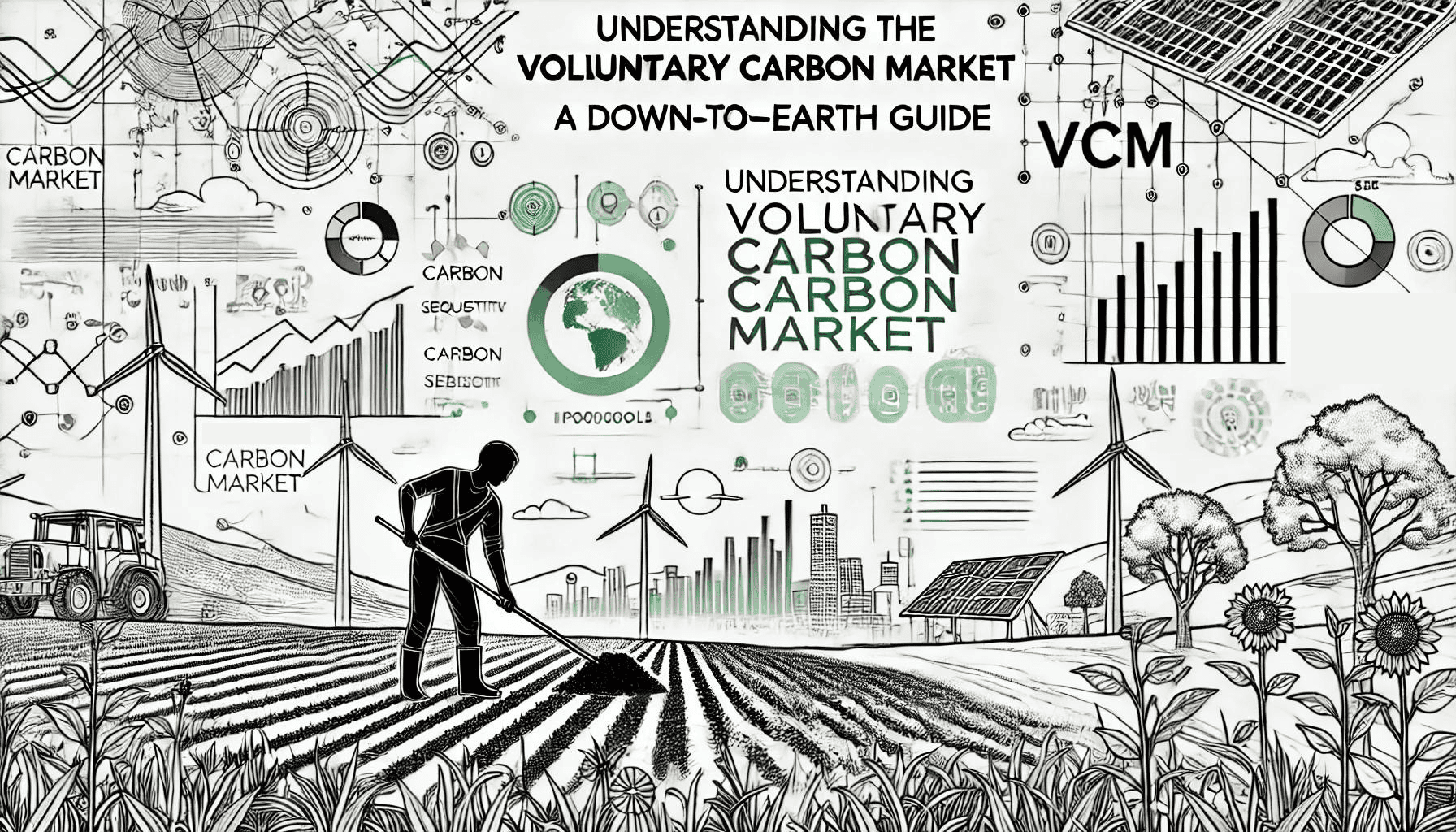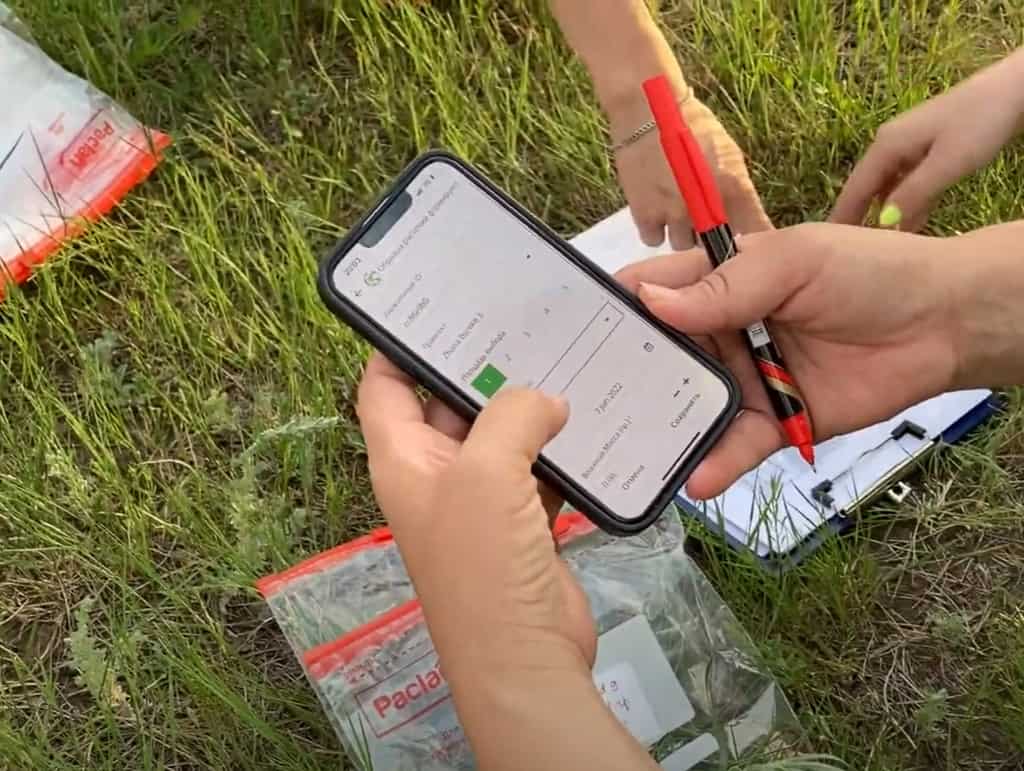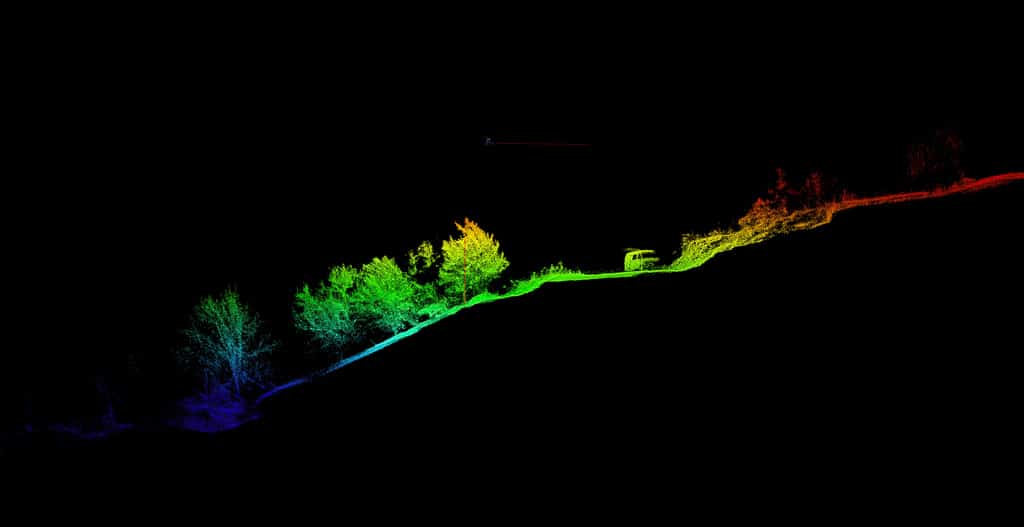Navigating the Voluntary Carbon Market (VCM) can feel like stepping into a labyrinth of jargon and protocols. Fear not, though—whether you’re an expert or just getting started, this guide aims to break down the essentials of the VCM, using the BCarbon Soil Methodology as a reference point, and comparing it with Verra and Gold Standard. Let’s dive in with a clear, practical approach.
What is the Voluntary Carbon Market (VCM)?
The VCM allows companies, organizations, and individuals to offset their carbon emissions by purchasing carbon credits. These credits represent reductions or removals of greenhouse gases, quantified in metric tons of CO2 equivalent (tCO2e). Think of it as a marketplace where environmental good deeds are quantified and traded.
The VCM is a capitalist trading system governed by international oversight organizations like ICVCM and UNFCCC but primarily controlled by natural market economics. By assuming that some countries (governments and corporations) have less expensive supply and others have more valuable demand, the market creates climate action that would not happen otherwise. In the global south, governments are slower to act on climate change, and it is often the VCM, not governments, that lead the initial impacts, especially in reducing or reversing degradation in commercially operated lands.
Key Components of the VCM
Understanding the VCM requires knowing its key components: registries, methodologies, and protocols. Each plays a vital role in ensuring the market’s integrity and effectiveness.
What is a Registry?
A registry in the VCM context is a digital platform that tracks the issuance, transfer, and retirement of carbon credits. It ensures transparency, accountability, and prevents double counting of credits.
Registries: The Backbone of the VCM
Registries are like the bookkeeping systems of the VCM. They ensure every carbon credit is unique and accounted for. Leading registries like Verra and Gold Standard track projects from inception to credit issuance and retirement. When a project successfully reduces or removes emissions, credits are issued on these registries. It’s critical that registries don’t have the authority to create credits. Registries have the authority to reject or cancel credits, but the authority to approve credits must be made by independent third parties. The registry is simply where the credits are stored for public view.
Methodologies: The Rulebooks for Carbon Projects
Methodologies are detailed rulebooks for quantifying and verifying emission reductions or removals. They ensure the integrity and credibility of the carbon credits generated.
What is a Methodology?
A methodology outlines the specific procedures and criteria for quantifying and verifying emission reductions or removals from a particular project type.
Example: BCarbon Soil Methodology
The BCarbon Soil Methodology focuses on soil carbon sequestration projects. It provides guidelines for:
- Project Design: Setting up the project, including baseline establishment and project boundaries.
- Monitoring Plan: How to monitor soil carbon changes over time.
- Verification: Third-party verification of the carbon sequestration claims.
Protocols: The Step-by-Step Guides
Protocols are detailed documents that provide step-by-step procedures for implementing methodologies. They offer practical guidance on the ground, making scientific processes accessible and actionable. Some protocols are created by ISO (The International Organization for Standardization) or IPCC (The Intergovernmental Panel on Climate Change), or even as part of the Kyoto Protocol, which helped define the Clean Development Mechanism (CDM), led by UNFCCC (United Nations Framework Convention on Climate Change).
What is a Protocol?
Protocols, in this context, are detailed documents that provide step-by-step procedures for implementing methodologies. Several protocols may be used in a single methodology, e.g. for quantifing soil carbon, quantifying fossil fuel emissions, or measuring project permanence risk.
Example: GSOC MRV Protocol
The GSOC MRV Protocol (Global Soil Organic Carbon Monitoring, Reporting, and Verification Protocol) by FAO provides comprehensive guidelines for measuring and verifying soil organic carbon changes, ensuring consistency across projects globally.
The Project Cycle: From Idea to Carbon Credit
The project cycle in VCM involves several steps to ensure that carbon credits are genuine and verifiable:
- Project Design Document (PDD): Prepare a detailed plan outlining the project’s scope, methodology, expected emission reductions, and monitoring plan.
- Validation: An independent third party validates the project design against the chosen methodology and registry’s standards.
- Implementation: Implement the project according to the validated plan.
- Monitoring: Measure the project’s performance following the monitoring plan.
- Verification: An independent third party verifies the emission reductions achieved.
- Issuance: Verified emission reductions are converted into carbon credits by the registry.
- Trading or Retirement: Credits can be sold or retired to offset emissions.
Verra vs. Gold Standard vs. BCarbon: A Comparison
Verra and Gold Standard are well-established names in the VCM, each with its strengths and specific project focuses. Let’s see how they stack up against BCarbon, especially considering their different turnaround times for credit issuance.
BCarbon: Fast and Focused
BCarbon is a newer player, known for its BCarbon Soil Protocol. (Although called “Protocol,” by BCarbon, it is considered by third parties to be a Registry Standard Adopted Methodology- where a protocol is a methodology framework or sub-component.)
The BCarbon Soil Protocol focuses on soil carbon sequestration, emphasizing rapid credit issuance and straightforward processes. Because it uses blockchain to ensure credit uniqueness and traceability, credits are retired to a digital twin of the soil and can be easily in-set into products sold under CO2-Zero, Net-Zero, or similar labels.
Pros:
- Fast Turnaround: Pre-issuance in just 90 days, making it highly attractive for projects needing quick capital or verification.
- Specific Focus: Tailored methodologies like the BCarbon Soil Methodology ensure specialized attention to soil carbon projects.
Cons:
- Newer Market Player: Less established than Verra and Gold Standard. Boutique credits like these ideally have OTC (over-the-counter) buyers established before beginning a project.
- Limited Scope: Currently focuses on soil carbon projects, exclusively a nature-based removal grade credit. Buyers looking for more cost-effective, technical or fossil-fuel emissions reductions type credits should use other methodologies.
Verra: Comprehensive and Credible
Verra’s Verified Carbon Standard (VCS) is a comprehensive framework covering various project types, from forestry to renewable energy and agriculture.
Pros:
- Broad Methodology Coverage: Suitable for a wide range of projects.
- High Credibility: Well-established in the market, ensuring strong trust and demand for its credits.
Cons:
- Slow Turnaround: Issuance can take 18 months to 2 years, which might delay funding and project momentum.
Gold Standard: High-Integrity and Holistic
Gold Standard emphasizes not just carbon reductions but also sustainable development benefits, ensuring projects contribute positively to local communities and ecosystems.
Pros:
- Sustainable Development Focus: Projects also need to demonstrate social and environmental co-benefits.
- Strong Market Reputation: Known for high-integrity credits.
Cons:
- Detailed Requirements: Additional criteria for sustainable development benefits can increase project complexity and costs.
- Turnaround Time: Typically slower compared to newer registries like BCarbon.
Practical Example: Implementing the BCarbon Soil Methodology
Imagine a farmer in Kazakhstan wanting to implement a soil carbon sequestration project. Here’s how they might proceed using the BCarbon Soil Methodology:
- Project Design: The farmer, in collaboration with rTek, develops a PDD using the BCarbon Soil Methodology, defining the project area, baseline soil carbon levels, and planned soil management practices. rTek assists the farmer in providing evidence that the project area is eligible for carbon credits. Farmers can increase credit value by adding on a label like CCB, which measures biodiversity improvements and tracks SDGs on projects.
- Validation: The PDD is submitted to BCarbon for validation. An independent auditor reviews the Project Design Document and visits the site to collect independent evidence, to ensure the project meets the required standards.
- Implementation: The farmer starts implementing soil management practices, such as cover cropping and reduced tillage.
- Monitoring: Soil samples are taken periodically to measure changes in soil carbon, following the monitoring plan.
- Verification: After a specified period, the monitoring data is verified by an independent third party.
- Issuance: Based on the verification report, carbon credits are issued to the farmer’s project account.
- Trading: The farmer can then sell these credits in the VCM to companies or individuals looking to offset their emissions.
Final Thoughts
The VCM is a complex yet vital tool in our fight against climate change. By understanding its components—registries, methodologies, protocols, and the project cycle—you can navigate it more effectively and leverage its potential to make a real impact. Whether you’re considering Verra, Gold Standard, or BCarbon, each offers unique advantages and considerations. Choose the one that best fits your project needs and timelines.
By breaking down the elements and using clear examples, this guide aims to make the VCM accessible and actionable, no matter your starting point.
Carbon Credits have the potential to usher in revolutionary technologies into the agriculture sector. Kazakhstan, with firmly rooted traditional methods, and long history of ecological struggle, is an ideal place to take full advantage of what carbon credits have to offer.
As of 2024, rTek’s pipeline of projects in Kazakhstan represents over 500,000 NBS removals per year, and we are growing. If you have a project concept in sustainable grassland, afforestation, cropland, biochar, or rice production, we want to hear from you!
Please reach out with your project cadastre numbers or coordinates, and we can get started with preliminary estimates of your credits and earnings potential.
info@rtek.kz





